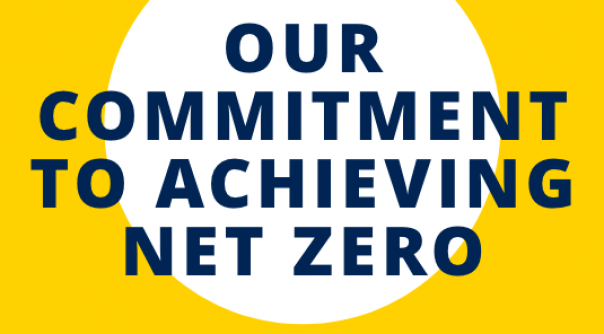
The report, Net Zero: why resource efficiency holds the answers, was produced by WRAP in partnership with researchers from The Centre for Research into Energy Demand Solutions (CREDS) based at Leeds University.
The report points out that between now and 2050 using natural resources more sustainably and extending the useful lifetime of products could replace greenhouse has emissions by two billion tonnes of carbon dioxide equivalent.
Marcus Gover, chief executive of WRAP, commented: “The race to meet net zero and halt climate change becomes more urgent with every passing day, and with COP26 on the horizon the pressure is on to deliver realistic strategies.
“We have a perfect storm brewing with a growing global population consuming more products and putting more pressure on nature and limiting our ability to cut emissions. Our report shows how and why resource efficiency will help meet net zero.
“Changing how we use materials and energy today will create a healthier, safer planet for tomorrow and the strategies in net zero are simple and easily actionable steps on the journey to net zero. Through it, we offer a clear and practical roadmap to deliver huge reductions in carbon emissions.”
The eight priorities include:
- Tackling food waste: It is possible to achieve a 58% per capita reduction in UK food waste by 2050.
- Cutting calories and carbon at the same time: If the average calorific intake were reduced to 2500kcal per day from a current average of 2900kcal, the reduction in food requirement would equate to a 6.6MtCO2e contribution to the 6th Carbon Budget by 2050.
- Changing the carbon intensity of diets: The cumulative carbon benefit to 2050 could be 554 million tonnes CO2e – equivalent to taking all cars off UK roads for eight years.
- Switching from Goods to Services: Renting items which are less regularly used increases the frequency with which they can be used and could reduce UK emissions by 39MtCO2e in total by 2050.
- Making better use of existing products: Remanufacturing, repair and reuse can reduce demand for materials, and increase economic and employment opportunities.
- Designing lightweight products: Designing lighter products by reducing material input improves resource efficiency.
- Recycling more in the UK: The UK generates about 10m tonnes of steel scrap annually of which 80% is exported to Turkey and China. The US, by contrast, meets half of its demand for steel through recycling.
- Substituting materials: Across furniture, vehicles, construction, and packaging it is possible to substitute high carbon intensity materials with lower carbon alternatives that perform the same role.